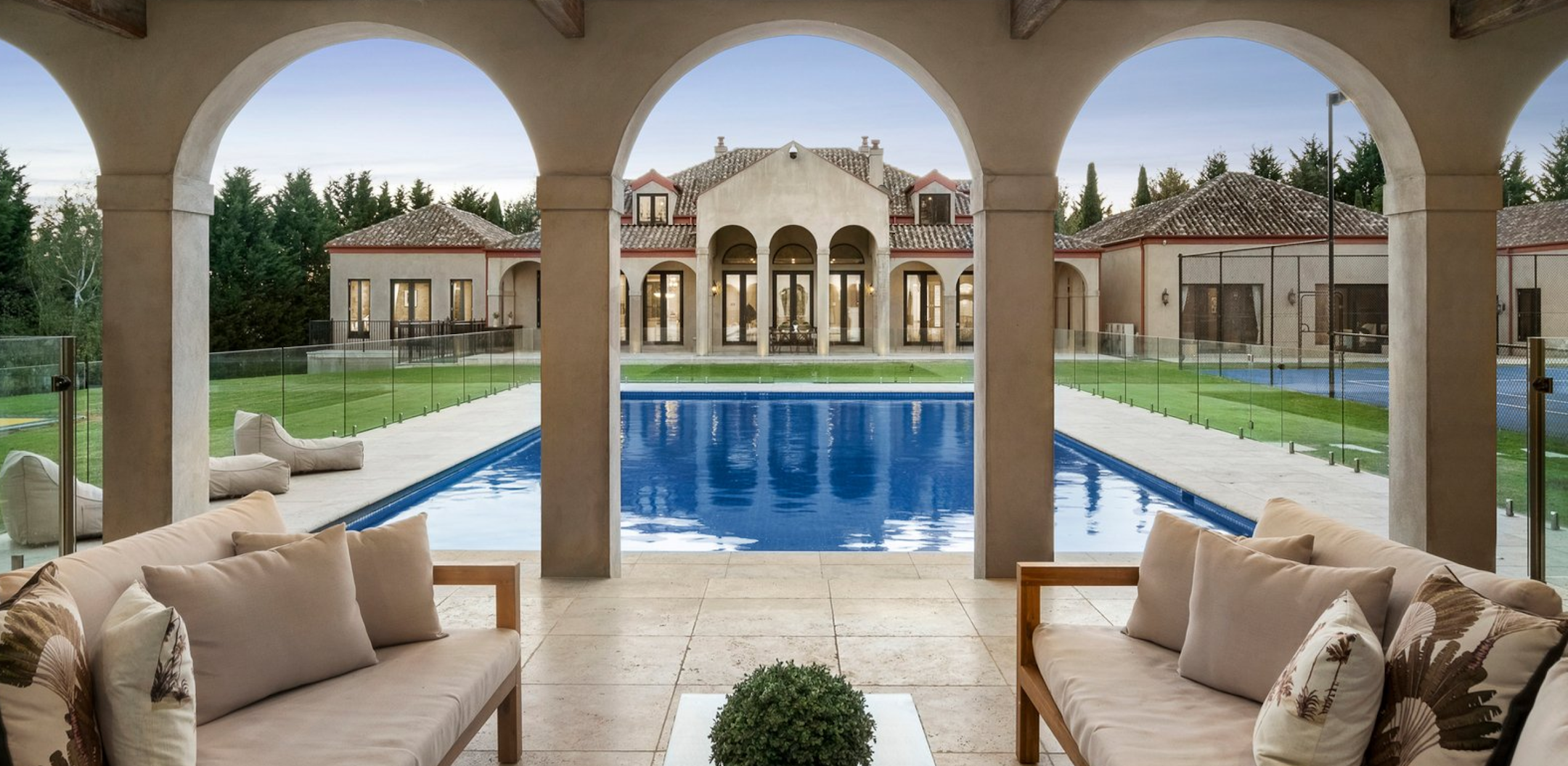Landscape designer Andrew Laidlaw, known for his work with the Royal Botanic Gardens Melbourne and his recent contribution to the NGVWA Garden Day, spoke to us about his journey in landscape architecture. With decades of experience in public and private projects, Andrew shares insights on creating meaningful spaces, the importance of patience in design, and his vision for future landscape trends.
LifestyleIn conversation with Andrew Laidlaw
Next ArticleIn conversation with Andrew Laidlaw

Pioneering the Future of Landscape Design
10 September 2024
What inspired you to pursue landscape architecture, and what were some key moments or influences that shaped your career path?
I started studying horticulture, and within this discipline, I was immediately drawn to landscape design and shaping the landscape. An English lecturer, John Patrick, had joined the college. He initially inspired me in this area and encouraged me to study Landscape Architecture. I learned many important lessons from him about planting design and basic landscape design.
Landscape Architecture at Melbourne University was both exciting and, at times, terrifying! I also started teaching at Burnley at the ripe old age of 21. John Patrick was desperate for a graphics teacher, and I just happened to be in the right place at the right time. This proved to be enormously helpful; I am still teaching at the same place!
Teaching was one night a week, but in preparing for this, I learned an enormous amount and met many great students from whom I also learned. I became interested in many international designers, such as James van Sweden, Martha Schwartz, and Roberto Burle Marx, as well as a number of contemporary designers, like Bernard Trainor and Andrea Cochran.
I was also appointed as the Landscape Architect for the Royal Botanic Gardens Melbourne in 1997, which was a huge turning point. Under Richard Barley and Phil Moors, I was heavily involved in master planning and setting landscape direction for the next 25 years. This journey continues, but I've been privileged to be the lead designer on the Children's Garden, Guilfoyle's Volcano, the Fern Gully, and the recent Arid Garden, along with many other projects.
The Hawthorn garden you designed for this year’s NGVWA (National Gallery of Victoria Women's Association) Garden Day features whimsy and non-traditional elements. Can you share some specific features that embody this brief?
This garden was interesting to me because of the clients and their brief. They were inspired by the Children’s garden and wanted a family garden that could be a special place for their children to grow up in. They wanted a non-traditional Hawthorn garden that was all about plants, nature, and design.
With extensive experience in designing public spaces and gardens, what is your primary motivation and focus when creating new landscapes?
What drives and interests me is creating places for families to live in, to experience beauty, the seasons, and change.
What advice would you give to homeowners about patience and long-term vision in landscape design?
Landscape design requires patience: it starts with nurturing the soil and choosing the right plants, then allowing time for growth and maturation.
You have mentioned the importance of gardens for wellbeing and healing. Can you elaborate on how you incorporate these principles into your designs?
Once functional requirements are met, this is what drives most of my designs: creating plant-rich spaces that allow outdoor living to flow seamlessly between house and garden.
What do you foresee as the next big movement in landscape design for luxury properties?
Bringing biodiversity to our gardens is paramount, and I think this is a trend: the rewilding of our living spaces.



